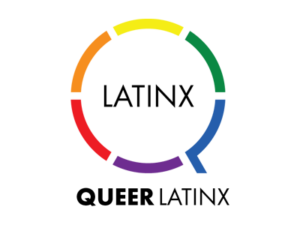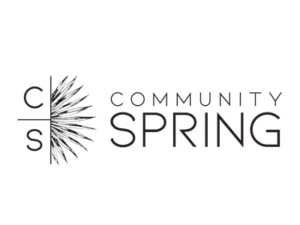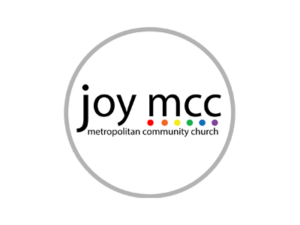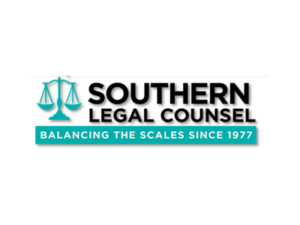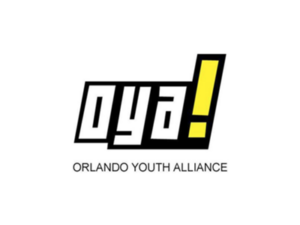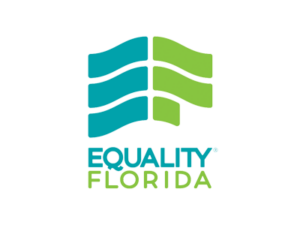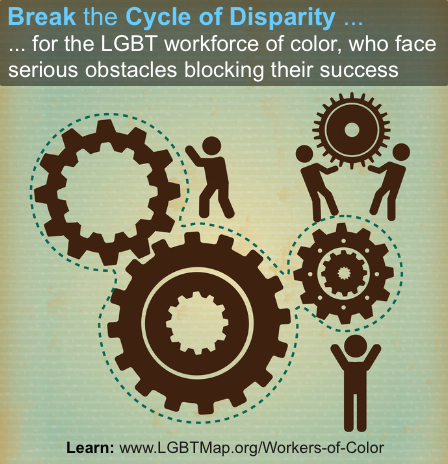 A new report released today shows that LGBTQ workers of color are among the most disadvantaged in the country, facing high rates of unemployment and poverty due to workplace discrimination, unequal job benefits and taxation, and unsafe and under-resourced U.S. schools.
A new report released today shows that LGBTQ workers of color are among the most disadvantaged in the country, facing high rates of unemployment and poverty due to workplace discrimination, unequal job benefits and taxation, and unsafe and under-resourced U.S. schools.
The report—A Broken Bargain for LGBTQ Workers of Color—examines how LGBTQ workers of color face unique types of discrimination based both on their race and sexual orientation/gender identity.
The report is co-authored by the Movement Advancement Project (MAP), the Center for American Progress (CAP) and its FIRE Initiative, Freedom to Work, the Human Rights Campaign (HRC), and the National Black Justice Coalition (NBJC), in partnership with ColorofChange, the Leadership Conference Education Fund, League of United Latin American Citizens (LULAC), Mexican American Legal Defense and Educational Fund (MALDEF), the National Action Network, the National Queer Asian Pacific Islander Alliance (NQAPIA), Out and Equal Workplace Advocates, and SEIU.
Among the report’s major findings:
- Educational Barriers: LGBTQ youth of color are among those most at risk of dropping through the cracks of the U.S. educational system due to unsafe and under-resourced schools, a lack of support for LGBTQ students, and a “school-to-prison” pipeline that results in significant numbers of LGBTQ students of color entering the juvenile justice and correctional systems.
- Hiring Bias and On-the-Job Discrimination: Barriers such as unwarranted background checks, inadequate or non-existent non-discrimination protection for LGBTQ workers, and the lack of mentorships and on-the-job support make it difficult for many LGBTQ workers of color to find good and steady jobs that provide them with the economic security they need to support themselves and their families.
- Unequal Pay, Benefits and Taxation: LGBTQ workers of color receive unequal pay and unfair access to job-related benefits, leaving them with fewer resources to care for themselves and their families—even though they are doing the same jobs and working just as hard as other workers.
- LGBTQ people are more racially and ethnically diverse than the U.S. population as a whole: In a 2012 Gallup poll, one in three LGBTQ respondents (33%) identified themselves as a person of color, compared to 27% of non-LGBTQ respondents. In all, there are an estimated 5.4 million LGBTQ workers in the United States, of which 1.8 million are people of color.
- The geographic distribution of LGBTQ workers of color mirrors that of people of color as a whole: Census Data show LGBTQ people of color are more likely to live in areas with significant numbers of other people of color.
- Large numbers of LGBTQ workers of color are raising children: Data from the 2010 Census show that LGBTQ people of color are more likely to be raising children than white LGBTQ people. MAP estimates that between 780,000 and 1.1 million children are being raised by LGBTQ people of color.
- LGBTQ youth of color are at high risk of becoming homeless: An estimated 20-40% of homeless youth in the U.S. identify as LGBTQ or believe they may be LGBT. Research also shows that African American and Native American young people are overrepresented among LGBTQ homeless youth, as well as the broader homeless population. One study found that among homeless youth who identify as gay or lesbian, 44% identified as black and 26% as Latino.
- LGBTQ workers of color are at significant risk of being unemployed: LGBTQ people of color have higher rates of unemployment compared to non-LGBTQ people of color. In addition, unemployment rates for transgender people of color have reached as high as four times the national unemployment rate.
- LGBTQ workers of color are at significant risk of poverty: Research shows that LGBTQ people of color, and particularly black LGBTQ people, are at a much higher risk of poverty than non-LGBTQ people. For example, black same-sex couples have poverty rates at least twice the rate of black opposite-sex married couples (18% vs. 8%).
A Broken Bargain for LGBTQ Workers of Color offers detailed recommendations for how to repair the broken bargain for LGBTQ workers of color by the federal, state, and local governments, as well as colleges, universities, and employers.
Those include reducing educational barriers for LGBTQ youth of color by passing the federal Safe Schools Improvement Act (SSIA) and the Student Non-Discrimination Act (SNDA); tackling discrimination against LGBTQ workers of color by passing federal legislation to ban employment discrimination nationwide on the basis of gender identity/expression and sexual orientation; and securing equal pay and benefits for LGBTQ workers of color by increasing federal and state protections against wage discrimination based on race, ethnicity, national origin, sexual orientation and gender identity/expression and increasing access to good jobs with good benefits for LGBTQ workers of color.
The full report is available online at www.LGBTmap.org/Workers-of-Color.



